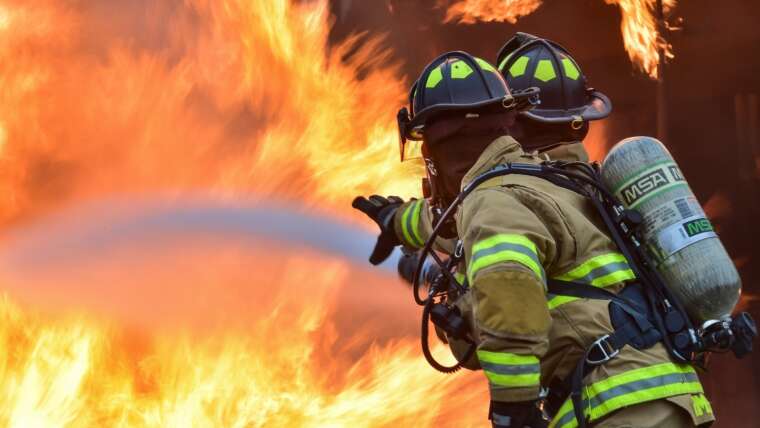
The term “mining difficulty” frequently appears in bitcoin mining literature. Co-creators of Earnity, Domenic Carosa and Dan Schatt, see the potential of mining and wish for better public understanding. The mining difficulty to start a crypto business. It refers to the difficulty of solving the math puzzle and creating a new bitcoin. It also has an impact on the bitcoin generation.
Can Mining Difficulty Increase?
The mining difficulty resets every 2,016 blocks or roughly every two weeks. Furthermore, the previous cycle’s efficiency of miners and the number of new miners joining Bitcoin’s network determine the next difficulty level. These two factors raise the hash rate or the amount of computing power used to mine cryptocurrency.
As the value of bitcoin increased in 2013 and 2014, more miners joined the network, reducing the average time from 10 minutes to 9 minutes. Co-creators of Earnity, Dan Schatt and Domenic Carosa wish for the most people to be safely mining. Although the more miners compete for a solution, the more complicated the problem becomes. When the network’s computational power decreases, the difficulty decreases, making mining easier.
In August 2020, the mining difficulty level was more than 16 trillion. As a result, the chances of a computer producing a hash that is less than the target are 1 in 16 trillion. To put that into perspective, you are 44,500 times more likely to win the Powerball jackpot with a single ticket than you are to guess the hash on the first try correctly. Moreover, massive computational power is vital to solve the mathematical puzzles required for valid block creation. Miners join Bitcoin mining pools to solve the mathematical puzzles because the difficulty is constantly increasing. The block reward goes to the first individual miner or mining pool who finds the correct hash.


